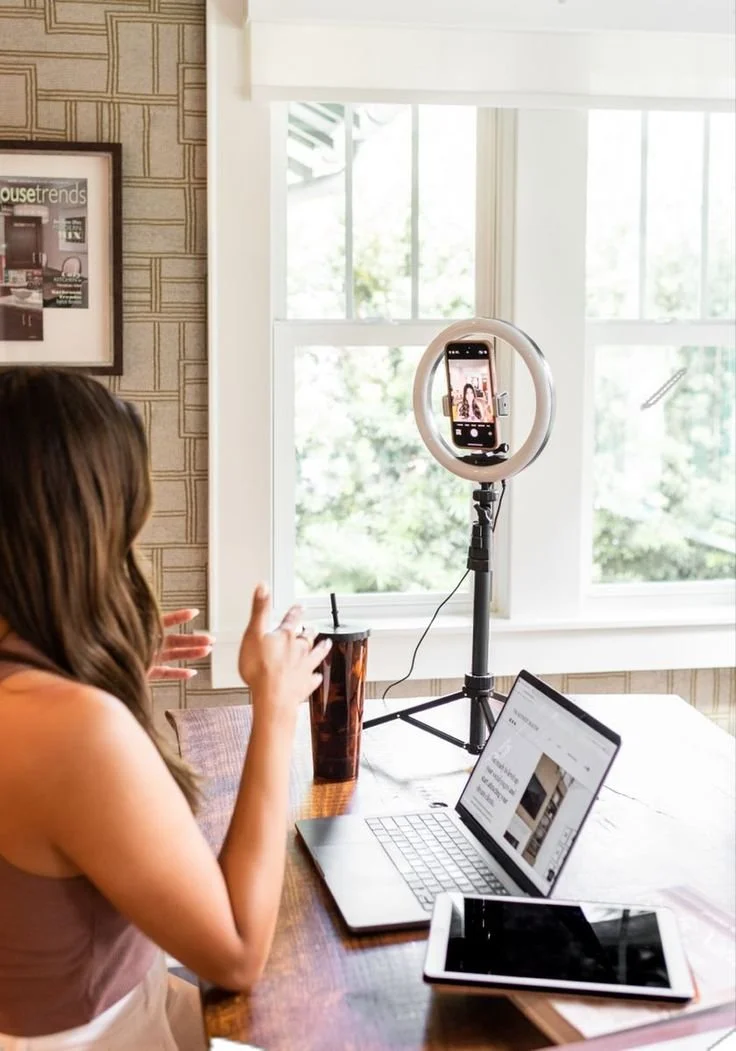Crafting a Unified Brand Identity Through Influencer Content
Aligning influencer-created content with your brand’s identity goes beyond simply matching logos and hashtags. As influencer marketing grows, your brand’s image can easily become diluted unless you provide clear direction. This guide breaks down how to write content brand guidelines that help influencers stay on-brand while allowing their own voice to flourish.
Why Content Guidelines Matter
First, influencers bring their personal flair, which boosts authenticity. Yet, without guidance, your brand tone and visual identity can get lost in translation. Consequently, campaigns may lack the coherence you need. Moreover, inconsistent messaging weakens brand recognition. That’s why setting clear content directives is critical: they establish consistent talk tracks, visuals, and tone, while still honoring each creator’s style.
Establishing Your Brand’s Voice
Next, start by defining how your brand speaks. For example, is your tone playful and upbeat or polished and professional? Additionally, clarify vocabulary—highlight preferred terms and those to avoid. Then, outline your brand’s mission, values, and core offer to convey its essence. As a result, influencers share consistent messages and can even assess their fit based on these values.
Set Core Messaging Pillars
Meanwhile, influencers shouldn’t be handed scripts. Instead, focus on talking points. For instance, remind them to mention campaign goals or product benefits. At the same time, allow them to phrase it naturally. Thus, content stays genuine and aligned with your brand voice.
Define the Desired Visual Style
Furthermore, visuals need to match your aesthetics. So, specify color palettes, fonts, and mood—whether bright and airy or dark and moody. Equally important, share sample mood boards to communicate clearly. Then, influencers visually understand the key vibe you’re aiming for.
Do’s and Don’ts for Authentic Integration
Meanwhile, balance structure with flexibility. For example, create a “Do” list—such as use of logo and campaign hashtag—and a “Don’t” list, like avoiding competitor products. By doing so, influencers stay within visual and verbal guardrails while making content feel real.
Use Mood Boards as Creative Guides
Additionally, visuals speak volumes. Therefore, compile mood boards showcasing textures, colors, lighting, and styling cues. Furthermore, well-crafted boards help avoid misinterpretation. Then, everyone—your team and influencers—has a shared visual reference.
Package Everything into One Document
Moreover, assemble all elements—voice, visuals, messaging—into a single guideline doc. That way, influencers don’t have to hunt through emails to find campaign assets or rules. Also, include examples, charts, and instructions for deliverables and review timelines.
Guard Authenticity, Not Creativity
However, guidelines should support—not stifle—creativity. For instance, avoid rigid scripts. Instead, offer bullet-point notes. Then, influencers can craft posts that feel like their own while meeting brand standards.
Manage the Balance Between Freedom and Focus
Also, encourage influencers to adapt visuals and captions to their style. At the same time, remind them of tone, brand values, and CTAs. Hence, the final post feels natural but still reinforces your message.
Define Clear Calls to Action
Furthermore, specify exact actions you want from the audience—whether it’s shopping, signing up, or commenting. Also, clarify how to phrase it: "Swipe up to shop" or "Let me know your favorites below." Consequently, messaging remains consistent across influencers without feeling templated.
Identify the Right Influencers
Meanwhile, guidelines matter most when matched with suitable creators. Therefore, screen influencers not just for follower count, but for alignment with your brand’s audience, tone, and values. In addition, use analytics tools to verify engagement quality, demographics, and authenticity.
Verify Authentic Engagement
Additionally, be vigilant about fake followers or superficial likes. So, review followers’ behavior: look for generic comments or sudden spikes that indicate inauthentic engagement. Then, rely on engagement over raw follower totals for partnerships.
Measure Campaign Success Clearly
Next, set measurable goals and track them. Whether it's comments, visits, conversions, or reach, define metrics. Also, use UTM links or custom codes so each influencer's campaign performance is traceable. Indeed, linking content with outcomes proves ROI.
Embrace Long-Term Collaborations
Finally, think beyond one-off posts. Long-term influencer relationships foster trust and deeper brand integration. Furthermore, repeat collaborations create consistency in both tone and visuals, boosting recognition and authenticity.
Summary Checklist
Define voice, values, and vibe clearly
Provide mood boards and visual assets
List do’s, don’ts, and CTAs
Encourage influencer creativity
Choose influencers aligned with brand identity
Verify real engagement before partnering
Track performance with clear metrics
Build ongoing relationships for consistency
Why This Works
Ultimately, it’s about respect of your brand identity and the influencer’s own voice. By setting fair guidelines and choosing partners whose style aligns with yours, you reach audiences more authentically. As a result, your campaigns stand out, feel consistent, and deliver real impact.

